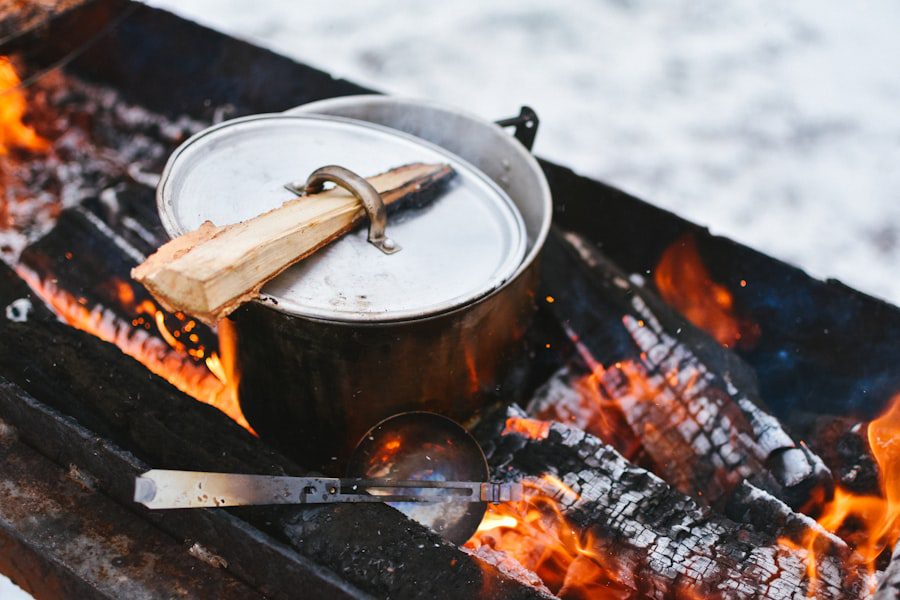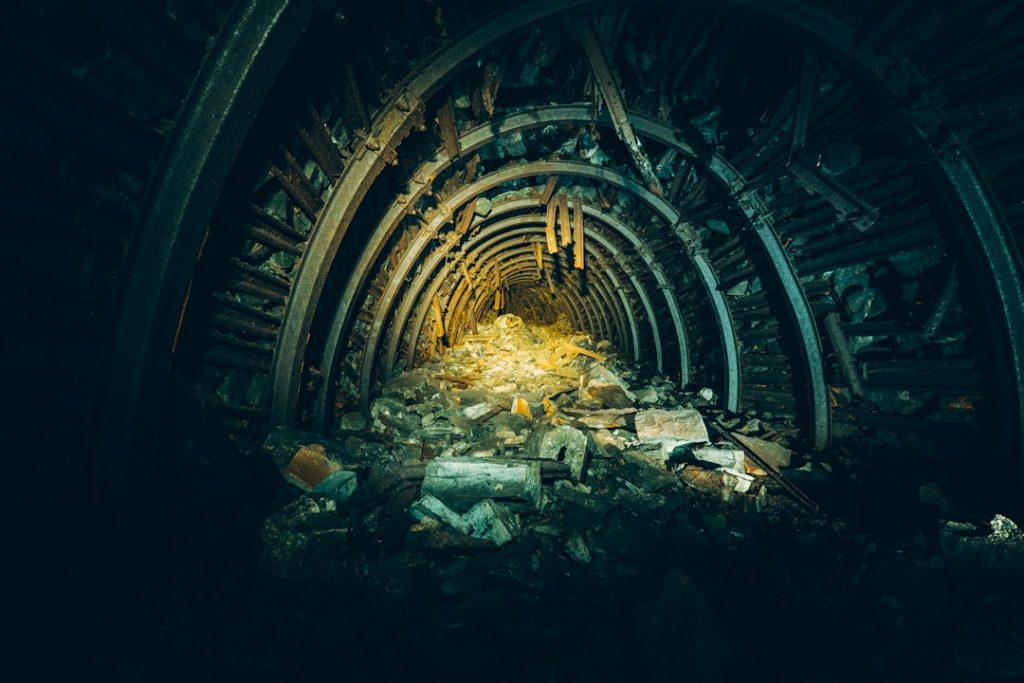Coal is a natural resource that has been used for centuries as a source of heat and energy. It is formed from the remains of plants that have been subjected to heat and pressure over millions of years. There are several different types of coal, including anthracite, bituminous, and lignite, each with varying levels of carbon content and energy output. Anthracite is the highest quality coal, with the highest carbon content and energy output, making it the most efficient and clean-burning type of coal. Bituminous coal is the most commonly used type of coal, with a moderate carbon content and energy output. Lignite is the lowest quality coal, with the lowest carbon content and energy output, making it less efficient and more polluting than other types of coal.
Briquettes are a compressed form of coal dust or other combustible materials, such as charcoal, sawdust, wood chips, peat, or paper, used for fuel and kindling to start a fire. They are often used as a more convenient and cleaner alternative to traditional coal, as they produce less smoke and ash. Briquettes are available in various shapes and sizes, including round, square, and hexagonal, and can be used in a variety of heating appliances, such as stoves, fireplaces, and grills. They are also commonly used in industrial settings for heating and power generation.
Key Takeaways
- Coal is a natural fossil fuel formed from plant material that has been subjected to high pressure and heat over millions of years.
- Briquettes are compressed blocks of coal dust or other combustible materials used as fuel.
- Consider factors such as heat output, burn time, and ash production when choosing the right type of coal and briquettes for your needs.
- Proper storage and handling of coal and briquettes is essential to prevent moisture absorption and maintain their quality.
- Regular cleaning and maintenance of your stove or fireplace is crucial for efficient burning of coal and briquettes.
Choosing the Right Type of Coal and Briquettes for Your Needs
When choosing the right type of coal for your needs, it is important to consider factors such as heat output, burn time, ash production, and environmental impact. Anthracite coal is the best choice for those seeking high heat output and long burn times, as it produces little ash and is relatively clean-burning. Bituminous coal is a good all-around choice for those seeking a balance between heat output, burn time, and cost. Lignite coal is the least desirable option due to its low heat output, short burn time, and high ash production.
When selecting briquettes for your heating or grilling needs, it is important to consider the type of material used, as well as the shape and size of the briquettes. Charcoal briquettes are a popular choice for grilling due to their high heat output and long burn time. Wood briquettes are a good option for those seeking a more environmentally friendly alternative to traditional coal, as they are made from renewable resources and produce less ash and smoke. Paper briquettes are another eco-friendly option, made from recycled paper products and suitable for use in fireplaces and stoves.
Proper Storage and Handling of Coal and Briquettes
Proper storage and handling of coal and briquettes are essential to ensure their quality and performance. Coal should be stored in a dry, well-ventilated area to prevent moisture absorption, which can reduce its heat output and cause it to deteriorate over time. It should be kept away from direct sunlight and sources of heat to prevent spontaneous combustion. When handling coal, it is important to wear gloves and avoid inhaling dust particles, as they can be harmful to your health.
Briquettes should be stored in a cool, dry place to prevent them from absorbing moisture and becoming difficult to ignite. They should be kept in their original packaging or transferred to airtight containers to maintain their quality. When handling briquettes, it is important to follow the manufacturer’s instructions for lighting and use, as improper handling can result in accidents or poor performance. It is also important to keep children and pets away from coal and briquettes to prevent accidental ingestion or injury.
Tips for Efficient Burning of Coal and Briquettes
| Tip | Description |
|---|---|
| Use high-quality coal and briquettes | Choosing good quality fuel can improve efficiency and reduce emissions. |
| Properly size the fuel | Using the right size of coal or briquettes for your stove or furnace can optimize burning efficiency. |
| Control air flow | Adjusting the air flow to the fire can help maintain a steady and efficient burn. |
| Clean the stove or furnace regularly | Regular cleaning can prevent build-up that can reduce burning efficiency. |
| Use a chimney damper | Installing a chimney damper can help control the draft and improve burning efficiency. |
To achieve efficient burning of coal and briquettes, it is important to use the right amount of fuel for your heating appliance and to maintain proper airflow for combustion. When using coal, it is important to follow the manufacturer’s recommendations for loading your stove or fireplace to prevent overloading or underloading, which can result in inefficient burning and excessive smoke production. It is also important to regularly clean your heating appliance to remove ash buildup, which can restrict airflow and reduce efficiency.
When using briquettes for grilling or heating, it is important to allow them to fully ignite before adding food or adjusting the temperature settings. This will ensure even heat distribution and prevent flare-ups or uneven cooking. It is also important to use the appropriate amount of briquettes for your specific appliance and cooking needs to achieve optimal performance.
Maintaining Your Stove or Fireplace for Maximum Efficiency
Proper maintenance of your stove or fireplace is essential for achieving maximum efficiency when burning coal or briquettes. Regular cleaning of the flue or chimney is important to remove creosote buildup, which can restrict airflow and increase the risk of chimney fires. It is also important to inspect the seals and gaskets on your stove or fireplace regularly to ensure they are intact and functioning properly.
In addition to regular cleaning and inspection, it is important to have your heating appliance serviced by a professional on an annual basis to ensure it is operating safely and efficiently. This may include checking for leaks, adjusting settings, and replacing worn parts. Proper maintenance will not only improve the performance of your stove or fireplace but also extend its lifespan.
Alternative Uses for Coal and Briquettes

In addition to their use as a source of heat and energy, coal and briquettes have several alternative uses that make them versatile fuel sources. Coal can be used in industrial processes such as steel production, power generation, and cement manufacturing. It can also be used in domestic settings for cooking and water heating in areas where other fuel sources are scarce.
Briquettes can be used for grilling, smoking, and barbecuing food in outdoor settings such as backyard cookouts, camping trips, and tailgating events. They can also be used as a source of heat for outdoor activities such as bonfires or fire pits. Additionally, briquettes made from renewable materials such as wood or paper can be used as a sustainable alternative to traditional coal in heating appliances.
Environmental Impact of Coal and Briquette Usage
The usage of coal has been associated with environmental concerns due to its contribution to air pollution, greenhouse gas emissions, and habitat destruction through mining activities. The burning of coal releases pollutants such as sulfur dioxide, nitrogen oxides, mercury, and particulate matter into the atmosphere, which can have detrimental effects on human health and the environment. Mining activities can also lead to deforestation, soil erosion, water pollution, and habitat destruction.
Briquettes made from renewable materials such as wood or paper offer a more environmentally friendly alternative to traditional coal due to their lower carbon footprint and reduced emissions. They are also made from sustainable resources that can be replenished through responsible forestry practices or recycling programs. However, it is important to consider the environmental impact of transportation and production processes when choosing briquettes as a fuel source.
In conclusion, understanding the basics of coal and briquettes is essential for making informed decisions about their usage as a source of heat and energy. By choosing the right type of coal or briquettes for your specific needs, properly storing and handling them, following tips for efficient burning, maintaining your heating appliance for maximum efficiency, exploring alternative uses, and considering their environmental impact, you can make responsible choices that align with your values and contribute to a sustainable future.
If you’re interested in exploring niche opportunities in the coal and briquette market, you should check out this article on Almassiyah. It delves into the potential for growth and development in this industry, offering valuable insights for entrepreneurs and investors looking to capitalize on the market’s potential.
FAQs
What is the difference between coal and briquettes?
Coal is a natural fossil fuel that is mined from the earth, while briquettes are compressed blocks of coal dust or other combustible materials.
How efficient is coal as a fuel source?
Coal is a relatively efficient fuel source, with a high energy density and the ability to produce a large amount of heat when burned.
What are the advantages of using briquettes as a fuel source?
Briquettes are a convenient and efficient fuel source, as they are easy to handle, store, and transport. They also produce less smoke and ash compared to traditional coal.
How can I improve the efficiency of coal and briquettes as a fuel source?
To improve the efficiency of coal and briquettes, it is important to use them in a well-maintained and properly designed stove or furnace. Regular maintenance and proper ventilation can also help maximize their efficiency.
Are there any environmental concerns associated with using coal and briquettes?
Both coal and briquettes can contribute to air pollution and greenhouse gas emissions when burned. It is important to use them responsibly and consider alternative, more sustainable fuel sources.



